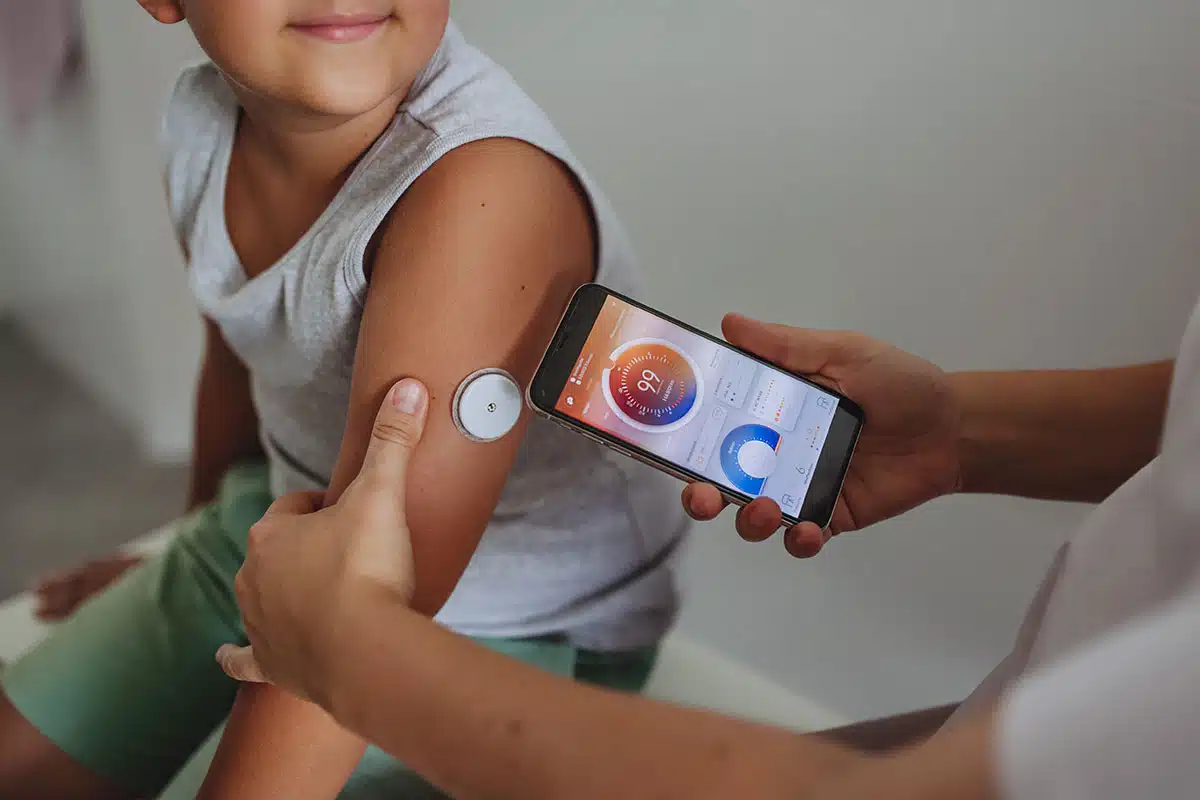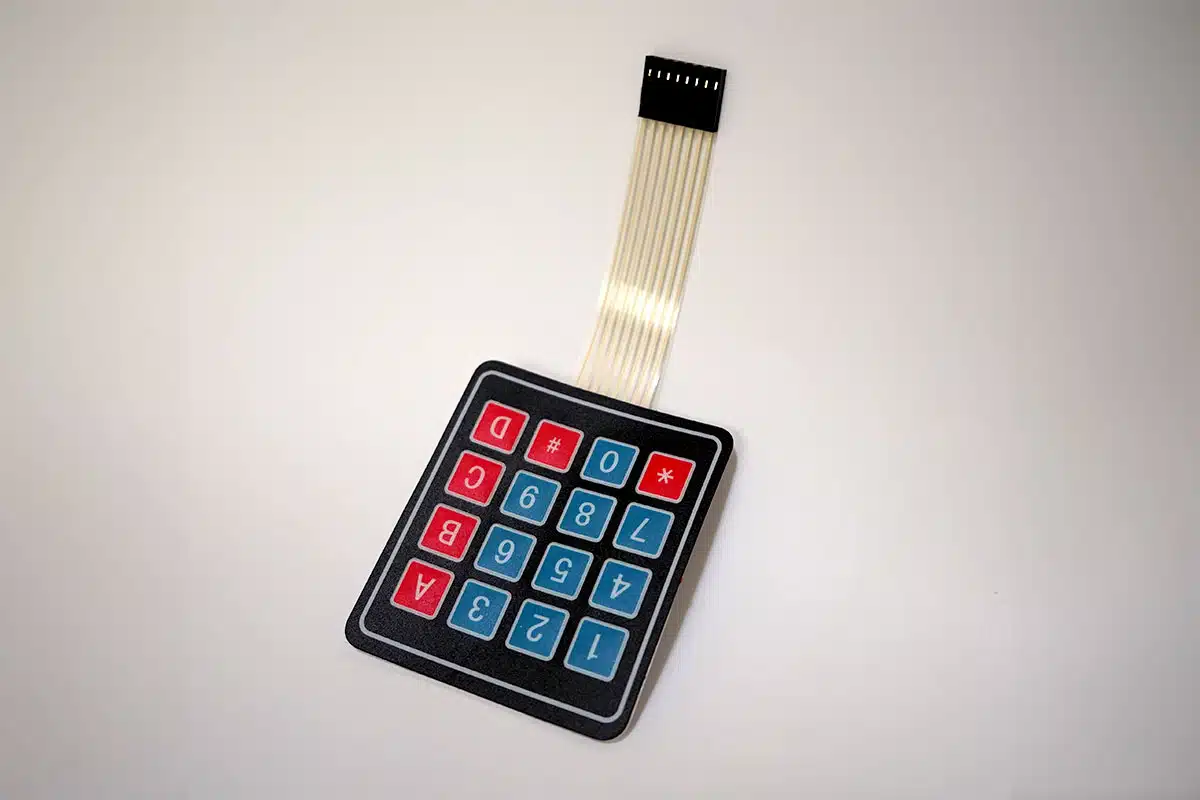The integration of human machine interfaces (HMIs) in medical devices has changed the way healthcare is delivered. Take, for example, a hospital setting. Just 20 years ago, patient monitoring was accomplished by frequent in-person checks and manual recordings. Today, doctors and nurses monitor vital signs remotely in real time through mobile devices or centralized monitoring stations. Advanced HMIs in operating rooms enable doctors to remotely control robotic systems. And medical records are easily accessible to both patient and doctor through user-friendly computer interfaces.
This technological evolution shows no signs of slowing down. Forward-thinking manufacturers in the medical device industry are continuing to innovate, using human machine interfaces to meet customer demand for products that deliver better healthcare more efficiently.
What Are Human Machine Interfaces?
A human machine interface (HMI) is a dashboard or other medium that connects a person to a device or system, usually for the purpose of controlling the device. There are two types of interfaces: input controls and output controls.
The ideal human machine interface is intuitive and simple, so that the medical device can be successfully used in stressful situations by people without advanced medical expertise.
Input controls—such as keypads, touchscreens, knobs, and displays—capture a human’s commands to a machine. Output controls allow the device to provide feedback. While feedback may initially take the form of complex data, an output control transforms this information into a form that’s easily interpreted by humans. For example, a diabetic’s continuous glucose monitor (CGM) would be of little use if all it did was sense the individual’s blood sugar level. The real power of a CGM is the human machine interface—the display device, such as an iPhone, where information is transformed into instant glucose readings, trend graphs, and alarms that can alert a patient and medical staff to a serious issue.
3 Reasons Healthcare Providers are Demanding HMI-enabled Medical Devices
- An Aging Population: According to the National Council on Aging, older adults are one of the fastest-growing demographic groups in America. In fact, it’s predicted that there will be 80.8 million Americans over 65 by 2040—over twice as many as in the year 2000. Since some of these users may be experiencing physical or cognitive issues, medical device manufacturers should ensure that their human machine interfaces are easy and intuitive. Consistent and familiar interfaces reduce the cognitive load on the user, thus increasing the likelihood that the device will be used properly. And when an essential medical device is used properly and consistently, it greatly increases the quality of life for those in their golden years.
- Chronic Illness Management: According to the CDC, almost half of the people in the United States are living with at least one chronic health condition, and 40 percent of adults suffer from two or more such conditions. All these health issues—from hypertension to diabetes—need to be monitored, often by the patient. Since most patients lack the medical device know-how of healthcare personnel, they (and their doctors) will choose medical devices with easy-to-use, intuitive human machine interfaces.
For example, in the past diabetics needed to frequently prick their fingers to monitor blood glucose levels. Then the introduction of the continuous glucose monitor (CGM) took away the painful jab. And now, as human machine interfaces become more sophisticated, the data gathered by the CGM can easily be monitored by a patient—as well as doctors and loved ones—with greater convenience than ever before.

- Labor Shortages: The recent pandemic interrupted important education and training for many people entering the medical field. Additionally, a high number of healthcare professionals have experienced burnout and switched careers or retired early. For these reasons, healthcare providers are experiencing severe staffing shortages, and often need to rely on less-experienced workers. This has increased the demand for medical devices that incorporate easy-to-use human machine interfaces, as these devices are ideally suited for use by newer, less-experienced workers. Additionally, improving HMIs supports the use of telemedicine, making it possible for patients in underserved or remote locations to access quality care, despite the current staffing shortages.
Good Human Machine Interfaces Make Operation Easy and Intuitive
To be competitive in this environment, medical device manufacturers must deliver well-designed products that take advantage of sophisticated human machine interfaces. A robust HMI, however, does not mean a complex interface. The ideal interface will be intuitive and simple, so that the medical device can be successfully used in stressful situations by people without advanced medical expertise. For example, one way a device can reduce the risk of user error is to include confirmation prompts before executing critical actions.
Further, products that are easy to operate are more likely to be adopted by users. Therefore, medical device manufacturers should prioritize HMI at the onset of the product design phase, not as an afterthought. Below are a few guidelines for interface design.
- Consistent language/colors: Use consistent wording and color coding to guide the user through the interface.
- Text and fonts: Avoid excessive text and make sure to use as large a font as possible.
- Simple Graphics: Keep the graphics basic and easy to interpret.
- Intuitive Navigation: Access to settings and other functions should be straightforward and not require specialized knowledge. Language should be in plain English.
Historically, HMIs have consisted of buttons, switches, and screens. But today’s forward-thinking manufacturers are developing more intuitive human machine interfaces that rely on gestures or voice commands. For instance, some new patient monitoring systems allow nurses and physicians to retrieve vital signs, document their observations, and adjust alarm settings—all through voice commands. This provides medical professionals with greater mobility, enabling them to better focus on patient care.
HMI Considerations Specific to Medical Devices
Across industries, good HMI design emphasizes clarity and ease of use. But with medical devices, there are additional requirements.
- Ability to Be Easily Sterilized: Whether in a hospital, a doctor’s office, or at home, medical devices must be sterile. This means that whatever form human machine interfaces take, they must be easy to sterilize. One way to achieve this is to use membrane switches. Used for turning circuits on and off, these switches are thin, flexible interfaces made of multiple layers of plastic material. With a flat, sealed design, they make it easy to keep a device sterile by eliminating the need to clean around buttons or other moving parts. Their design also makes them resistant to liquids and more durable, since there are fewer moving parts.
Another important technological advance for medical devices is the use of in-mold electronics. These electronics employ a manufacturing technique that directly integrates the electronics into the molded plastic components, creating a smart, interactive surface without the need for separate wiring or circuit boards. This not only increases reliability and durability, it also improves touch performance and can make the device easier to clean.

- Critical Need for Reliability: An interruption to the interface on a personal electronic device is annoying; on a medical device, that interruption could be life threatening. Robot-assisted heart surgery, for example, is one area where system interruptions could lead to disastrous results. Since many surgeries today are assisted by robots, design engineers are adding an innovative technology called electromagnetic interference (EMI) shielding to the products they design. This shielding protects a medical device’s Bluetooth or Wi-Fi connectivity from interference by other devices within the hospital.
- Accessibility: It’s likely that many of the people using a medical device will be in less-than-ideal health. Does the HMI design take into consideration those with visual, auditory, or motor impairment? For example, how could a medical device assist someone with impaired movement due to age or disease? Researchers at Harvard, in conjunction with Massachusetts General Hospital, studied that exact challenge. They developed a soft robotic wearable prototype that test subjects were able to learn to operate in less than 15 minutes. The current prototype works by detecting residual movement in the shoulder area, but researchers are exploring potential versions of assistive wearables that could be controlled by brain signals—the ultimate in human machine interfaces.
The Future of Human Machine Interfaces in Medical Devices
Beyond meeting current customer expectations, manufacturers also need to think to the future. Hospitals are facing the perfect storm of an aging population, a shortage of skilled healthcare workers, escalating medical costs, and a rise in hospital-acquired infections. With the increased strain on the existing hospital model, some experts are seeking to shift care outside of hospitals, reserving these institutions for critically ill patients only. Yet to accomplish such a shift, manufacturers will need to produce medical devices that are even more natural, seamless, and intuitive—wherever and by whomever they are used.
